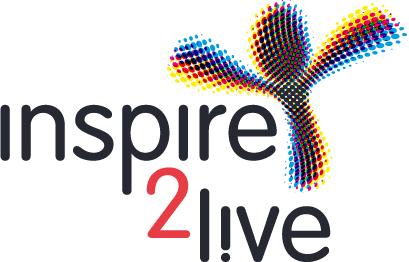
Of all the drugs we develop, just 7% make it to the market. The rest is either ineffective, harmful to the patient, or doesn’t reach the patient because it is not profitable enough. These ‘negative results’ remain largely unpublicized and thus cannot be used in further research efforts, as they should be. All in all, such a new drug costs over one billion US dollars to develop. It also takes eleven years to develop, the first four of which are needed to find out whether it works, whether it is safe to use and in what dose it should be administered. The other seven years go into red tape required to secure the patent rights – read the profits. Then the FDA in the United States and the EMA in Europe must have their say (this takes next to forever, and each repeats the work already done by the other instead of using the results). Finally, the drug hits the market, and then it turns out to work in only 25% of patients – sort of. Which is to say: better than a placebo. Because that is the criterion for allowing it on the market. And even then, many patients cannot afford it because it’s too expensive. In many cases, this means we can keep a patient alive for a few months longer. To make all of this possible, we invest five billion dollars in European as well as in US research institutes, to which the pharma industry adds another ten billion. Per year. Twenty billion for a few months extra… ‘We are not meant to be here for one or two months life extension. We can do better.’ This is Jose Baselga, top physician at the Memorial Sloan Kettering Cancer Center in New York, speaking. I most heartily agree with him. The development of new drugs really needs to be changed. And real change never comes from the inside.
So we can do better? Yes we can! And there are excellent examples. Cooperation is essential, for the sake of both speed and quality. Pharmacists must share each others’ ideas and knowledge so as to speed up the process. For in sharing ideas, we work together towards better products. But doesn’t that remove the commercial incentive? No it does not: after all, the product will eventually have to be sold on the market. Sage Bionetworks is based on the idea that the pharmacist should share everything up to and including phase 2b of the development process. Only in phase 3 (when the road to the market is clear) is the medicine put up for auction and given to the highest bidder to be marketed. The money will flow back to the consortium. Brilliant in its simplicity and with justice done to all interests – especially those of patients. Another good example is Cinderella Therapeutics. A not-for-profit pharmaceutical company that brings orphan drugs to the market. Drugs that are very effective but not profitable enough and therefore not brought to the market by traditional pharmaceutical companies. At Sage as well as at Cinderella the interests of patients come first.
But knowledge doesn’t get shared, Peter, you know that. It is private property which the owners market for profit. No, the knowledge is not the property of the pharmacists, the research institutes or whoever else other than the public. That knowledge is ‘ours’. It belongs to the public, more in particular the patients and their loved ones. Think only of the astronomical investment of taxpayer’s money in the education of all those specialists – any return on that money rightfully belongs to society at large. The suffering patient. The legal ownership may rest with organisations. But that doesn’t mean they also hold moral ownership, too. If you see someone drowning and you don’t try to save them, that’s a criminal offence. Every year, ten million people die of cancer. That’s one every three seconds. It is your duty, quite simply, to help your sick neighbour. And there is no need to worry about the profits of competent entrepreneurs and creative people. ‘The most persistent and urgent question in life: what do you do for other people?’.
